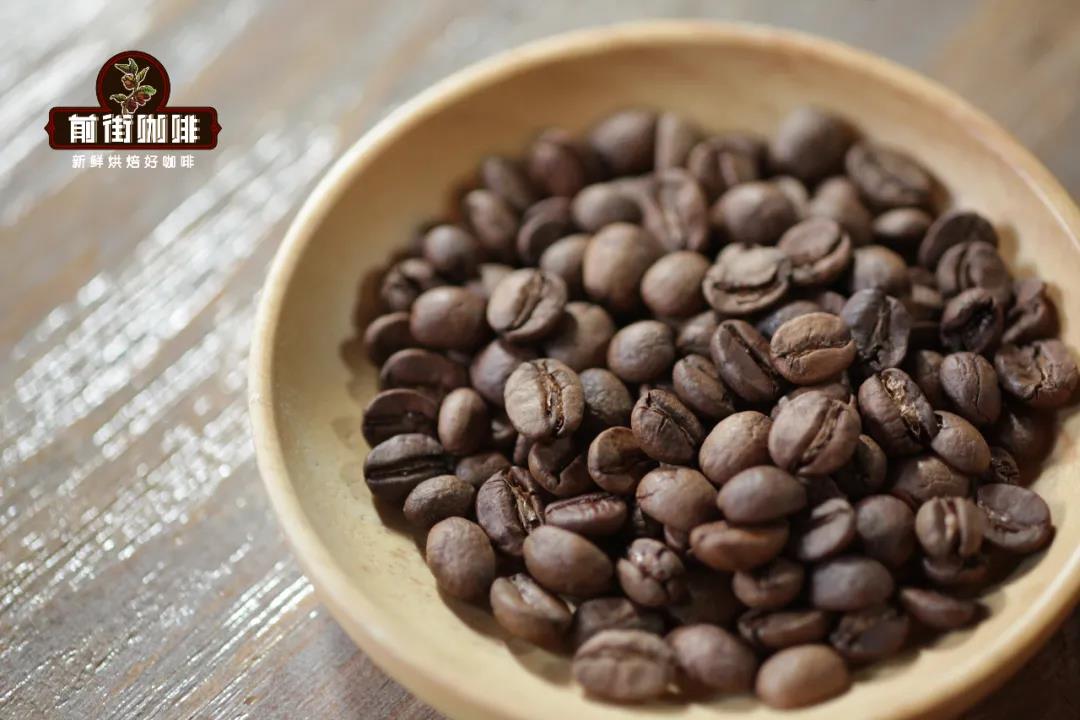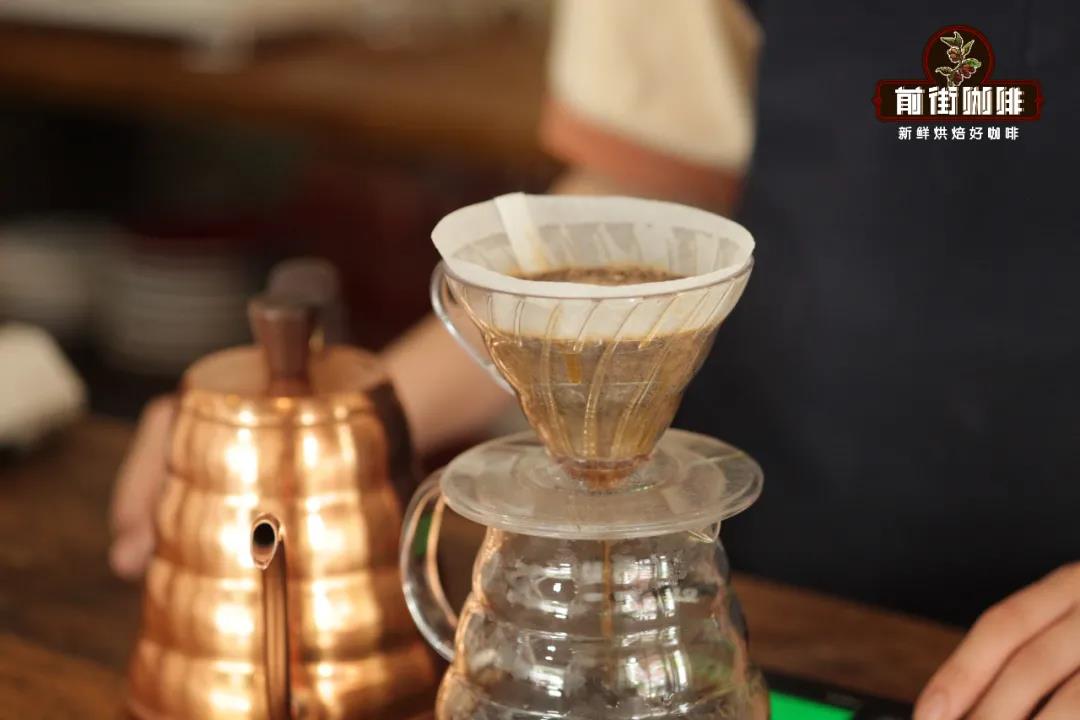Costa Rican Stonehenge Manor anaerobic heavy Black Honey treatment Coffee Bean Water temperature Grinding degree Powder Water ratio
Professional coffee knowledge exchange more coffee bean information please follow the coffee workshop (Wechat official account cafe_style)
Blueberry coffee beans at Stonehenge Manor, Costa Rica
Producing area: Brenka, Costa Rica
Manor: Stonehenge Manor
Altitude: 1500-1700m
Treatment method: anaerobic heavy honey treatment
Varieties: bourbon, Kaduai
Grade: SHB
Guide reading
After the introduction of coffee beans from Cuba in 1729, Costa Rica became the first country in Central America to grow coffee and the first to grow coffee because of its commercial value. Costa Rica is rich in volcanic soil, coupled with the influence of Pacific currents and monsoons, giving it a unique microclimate.

Costa Rican boutique coffee planting area is located above 1400m. Sufficient precipitation, suitable temperature difference between day and night and weak acid volcanic soil provide excellent conditions for growing coffee.
Brenka producing area
The Brunka producing area is located in the south of Costa Rica and consists of the states of Coto Brus, Buenos Aires and P é rez Zeled ó n. Coffee production in this area accounts for 20 per cent of the total coffee production in Costa Rica and is one of the six socio-economic regions of Costa Rica.

The producing area is 800m-1700m above sea level, with an average temperature of 22 ℃, and there are 4200 coffee-growing areas (including Farm & Manor). The famous Stonehenge Manor is also located in this area.
Stonehenge Manor
Stonehenge Manor is located at an altitude of 1400-1700m above sea level in the Brenka producing area south of Costa Rica. It was named Stonehenge Manor because the aboriginal stone carvings from 200 to 1500 BC were unearthed near the manor, called the Secret Stone Ball. The soil for growing coffee in the manor is a mixture of red mud and plaster, so the coffee beans produced here are not only high in density, but also superior in sweetness.

Coffee variety
Bourbon is a natural variant of the iron pickup. The coffee fruit appears wine red when it is ripe, and the body of the coffee bean is round. Planted in bourbon at high altitude, it usually has a better aroma and bright acidity, and tastes like red wine.

A variety of coffee artificially crossed by Kaddura and New World (Mondu Novo). Kaduai inherits Kaddura's small trees, which do not need shade, are easy to grow and easy to pick. It also has a better ability to resist natural disasters than the New World. It has a good acidity in flavor.
Anaerobic heavy honey treatment
The anaerobic heavy honey treatment first selects the fully mature coffee fruit, then removes the peel and retains the pectin of the pulp and puts it into a sealed barrel to inject carbon dioxide, and the room temperature is controlled at 10-15 ℃ for anaerobic low temperature fermentation. After the end of anaerobic fermentation, it will enter the second stage of honey treatment.

The coffee beans with pulp pectin were anaerobic fermented and dried on a net drying bed at a temperature of not more than 40 ℃. After drying for 8 hours, the coffee fruit will be placed in a greenhouse for 12 hours, a process that lasts for 20 to 25 days. When the moisture content of raw coffee beans reaches 15%, put the raw coffee beans in an inner bag and cover the outside with a cloth bag, and then leave in a cool and ventilated place for a month until the water content of the coffee beans is reduced to 11%.
Qianjie Coffee Baking record

Coffee cup test report on Qianjie

Suggestion on brewing coffee in Qianjie
Filter cup: V600001
Water temperature: 90 ℃
Powder content: 15g
Powder / water ratio: 1:15
Degree of grinding: medium and fine grinding (Chinese standard No. 20 screen pass rate 75%)

Qianjie cooking technique: three-stage extraction. Steam with 30 grams of water for 30 seconds, small flow circle injection to 125 grams, continue to inject water to 225 grams when the water level is about to be exposed, remove the filter cup when the water level is about to expose the powder bed, (time of steaming starts) extraction time is 1: 54 ".
For more boutique coffee beans, please add private Qianjie coffee on Wechat. WeChat account: kaixinguoguo0925
Important Notice :
前街咖啡 FrontStreet Coffee has moved to new addredd:
FrontStreet Coffee Address: 315,Donghua East Road,GuangZhou
Tel:020 38364473
- Prev

The cause of bubbles in hand-brewed coffee is the steaming process of hand-brewed coffee important?
Professional coffee knowledge exchange more coffee bean information please follow the coffee workshop (Wechat official account cafe_style) Guide watching hot water slowly injected into the coffee powder layer, coffee powder layer slowly form a hamburger-shaped drum, the process of steaming is always so healing. What role does hamburger-like steaming play in cooking? Will the amount of water injected during steaming affect the extraction of coffee?
- Next

Can I use By pass to save your hand from making coffee? Handmade coffee bypass course
By pass, which originally means bypass, is often used in network security device application terms (refers to a network security device failure, in order to make each network in a state of connectivity to each other, then need By pass, physical connectivity). And the application of Py pass in hand-brewing coffee will also have unexpected state! By pass adds water to the coffee liquid.
Related
- Beginners will see the "Coffee pull flower" guide!
- What is the difference between ice blog purified milk and ordinary milk coffee?
- Why is the Philippines the largest producer of crops in Liberia?
- For coffee extraction, should the fine powder be retained?
- How does extracted espresso fill pressed powder? How much strength does it take to press the powder?
- How to make jasmine cold extract coffee? Is the jasmine + latte good?
- Will this little toy really make the coffee taste better? How does Lily Drip affect coffee extraction?
- Will the action of slapping the filter cup also affect coffee extraction?
- What's the difference between powder-to-water ratio and powder-to-liquid ratio?
- What is the Ethiopian local species? What does it have to do with Heirloom native species?

